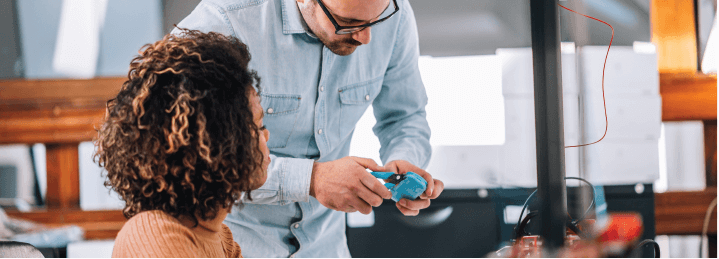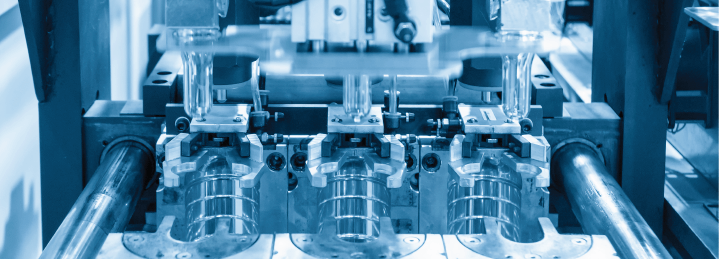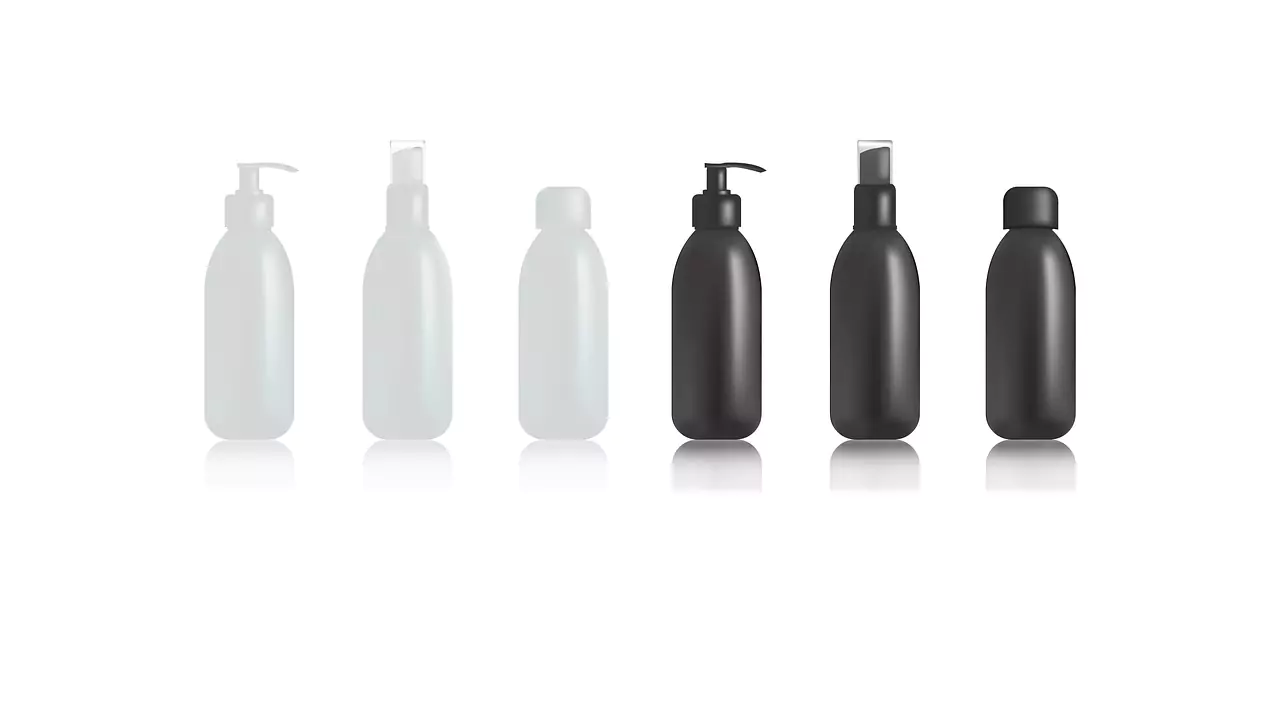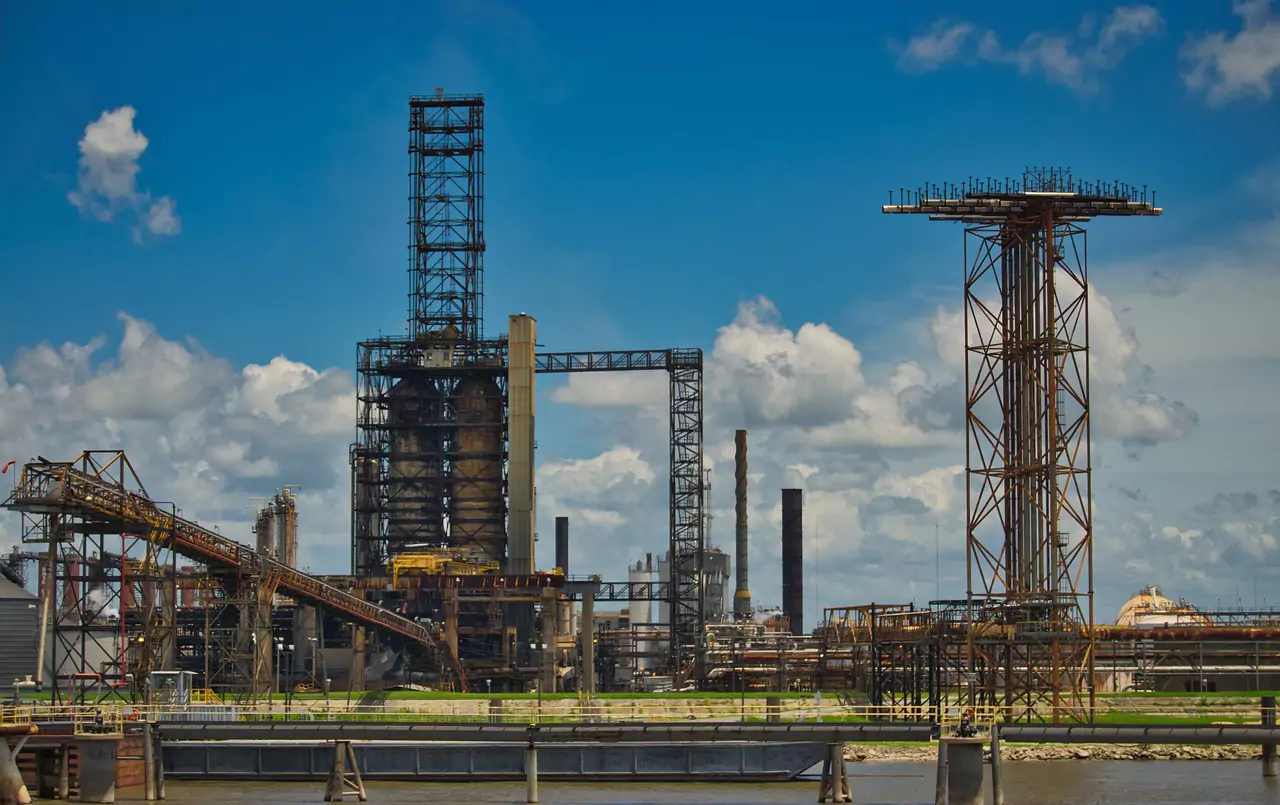We are living in a world of plastic. Without plastic, modern life seems inexistent. From the industrial to household items, plastic overpowers our lives. Plastic manufacturing companies are generating high profits and strengthening their countries’ economies. Consumer’s lives have also become comfortable than before. Due to the latest technology, industrial growth opportunities are also increasing. Thus, more and more plastic factories are investing in the industry.
The hazards of plastic have increased at a rapid speed due to high production in the previous decade. The planet earth was not such contaminated as it seems today. As plastic production has increased, the threats to life have been doubled, in terms of various contagious diseases.
Due to the poor plastic waste management system, the oceans are affecting due to the high drainage of the harmful chemicals. These chemicals are not only affecting the quality of water but a great menace to sea life. We can also see the contamination of our lands due to poor wastage of fossil plastic. You can read more about the latest news on polluted water bodies here.
Various chemicals are also affecting the clean air of earth and increasing air pollution. Various diseases of lungs, eyes, and skin are getting common. If fossil plastic is going to manufacture and be mishandled at the same pace, its serious jeopardies can affect the natural ecosystem.
Due to negative effects on daily life, the severe need to replace traditional fossil plastic was originated. With the continuous experiments, the new kind of eco-friendly plastic has been developed by product design companies, which is named as Bioplastic. This type of plastic has caught the attention of almost every plastic manufacturer. The global market of bioplastics has grown in recent years, and according to one estimate, the growth will rise to $44 billion in 2022. Let us read on to know more about the rise of bioplastics.
What are Bioplastics?
Bioplastics are the type of plastic which are obtained from renewable biological resources with no intervention from injection molding companies. The biological resources can be extracted from various bio –bases such as vegetable oils, corn stiffeners, and even food wastes. By going in detail, the bioplastics have two types, PLA and PHA.
PLA (Polylactic acid)
PLA or Polylactic acid is usually made from sugars found in corn starch, sugar cane, and cassava. In this process, corn kernel or seeds are dipped into sulfur dioxide and hot water. The components break down into protein, fiber, and starch. Afterward, the seeds are broken down into a powder, and corn oil separates. The extracted starch comprises of long chains. Some amount of citric acid is also added in it to form long-chain polymers. These long strands look and act like polyethylene, polystyrene, and polypropylene.
PHA (polyhydroxyalkanoate)
PHA or polyhydroxyalkanoate is a kind of bioplastics formed by microorganisms. These microorganisms are typically deprived of essential nutrients such as oxygen, nitrogen, phosphorus, and they are given a high amount of carbon.
The microbes produce PHA which has reserves of carbon and stored in granules. Afterward, the stored granule PHA is harvested that shows the same chemical structure as of fossil plastic.
Advantages of Bioplastics
One great feature of bioplastics is that they also maintain versatility just like traditional plastics. They are convenient and maintain nature’s friendly packaging which contributes greatly to the rise of bioplastics. Some studies reveal the bioplastics are more eco-friendly than the traditional fossil plastics. The rise of bioplastics results in a low greenhouse effect throughout their entire lifetime compared to fossil plastic. Because the amount of carbon dioxide in the atmosphere does not increase as it is absorbed by plants.
Bioplastics can be utilized for different purposes such as containers, bags, straws, non-disposable carpets, plastic piping, 3D printing, phone casings, bags, packaging, car insulation, and medical implants.
PLA, a type of bioplastics is used in plastic films, plastic cutlery, auto parts, and textiles. While PHA is biodegradable and does not harm body tissues, so it is used in sutures, slings, bone plates, and skin alternates. PHA is also effective for single-use food packaging.
For combating the negative effect of fossil plastic, the bioplastics are considered as ultimate need. Besides all the positive outcomes we yield from the bioplastics, some hazards must be understood. Some studies reveal bioplastics can become the source of more pollution than fossil plastic. This is due to the high need for fertilizers and pesticides for the cultivation of crops, to turn organic material into the plastic substance.
Another major threat that can’t be ignored and have a harmful effect, in the long run, is the ozone depletion. This chance increases much with bioplastic manufacturing than fossil plastic. Production of bioplastics requires extensive land use. Another adverse effect of bioplastics is the extraction of B-PET, which is hybrid plastic and has a very negative impact on the ecosystem.
If bioplastic is not disposed of properly, the chances are higher to contaminate the recycled plastic or recycling infrastructure. The manufacturing of bioplastic is quite expensive than fossil plastic.
As the work on bioplastics is in the initial stage, the extensive research is required to make the bioplastics more convenient and eco-friendly than fossil plastic. You also check out this link on how Europe is dealing with plastic pollution in the continent.










